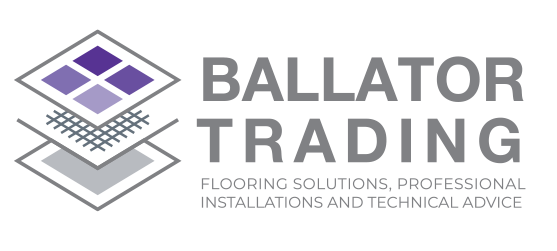Artificial grass, also known as synthetic turf, is a low-maintenance alternative to natural grass that has become increasingly popular in recent years. While there are many benefits to using artificial grass, there are also some drawbacks to consider. Here are some pros and cons of using artificial grass:
Pros:
- Low maintenance: One of the biggest advantages of artificial grass is that it requires little to no maintenance. Unlike natural grass, artificial grass doesn’t need to be watered, mowed, or fertilized.
- Durable: Artificial grass is designed to be durable and can withstand heavy foot traffic, pets, and weather conditions.
- Aesthetically pleasing: Artificial grass can look just like natural grass, making it a great option for those who want the look of a green lawn without the maintenance.
- Water savings: Because artificial grass doesn’t require watering, it can help to conserve water resources, which is especially important in areas with droughts or water restrictions.
- Versatile: Artificial grass can be used in a variety of applications, from landscaping to sports fields.
Cons:
- Cost: Artificial grass can be expensive to install, especially if you’re covering a large area.
- Heat retention: Artificial grass can retain heat, which can make it uncomfortable to walk on in hot weather.
- Aesthetic limitations: While artificial grass can look like natural grass from a distance, up close it may not be as convincing. It can also look fake in certain lighting conditions.
- Potential for injuries: Because artificial grass is made from synthetic materials, it can be harder than natural grass, increasing the risk of injuries in sports.
Ultimately, whether or not to use artificial grass is a personal decision that depends on your needs and priorities. While it can be a good option for those who want a low-maintenance, durable, and versatile alternative to natural grass, it’s important to consider the potential drawbacks as well.




